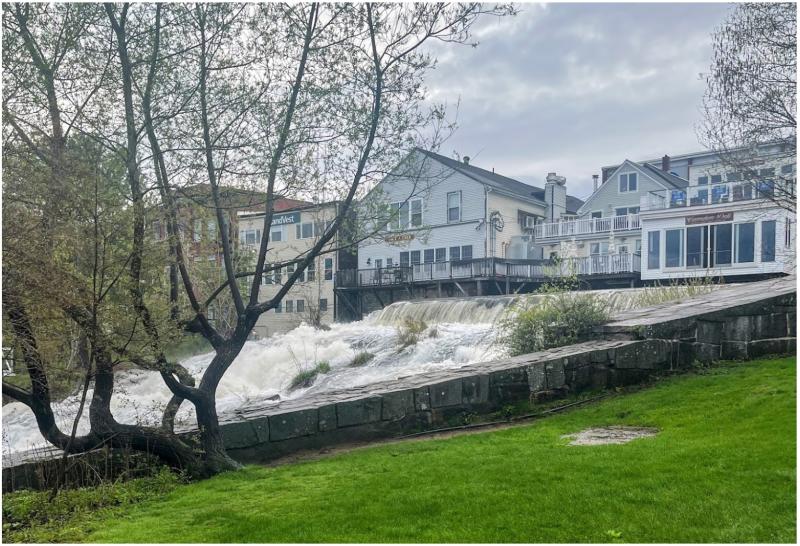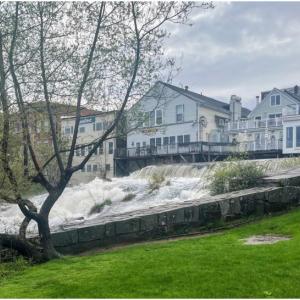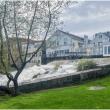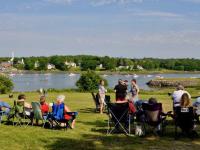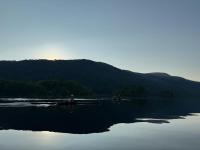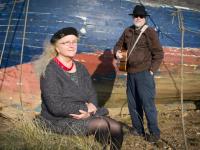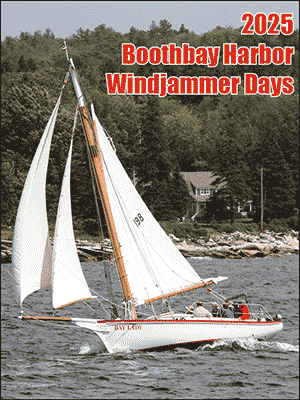Camden, Maine, and its river in peril
Camden, Maine, and its Megunticook River are an inseparable pair. Both are tightly integrated together. The bedrock for the Town, the River and the surrounding mountains and bay was created about 350 million years ago. This bedrock has determined the shape of the town, the durability of the town and the life of the Town.
Over this time, Camden has evolved into an amazing place with a working ecological system between humans and nature.
But for at least the past seven years, the Town of Camden, Maine, is aggressively pushing forward with as much as a $35 million project to tear up the Megunticook River dams and river beds and build fish ladders from the Camden Harbor to Lake Megunticook. And in the process, they can cause irreparable damage to our town and our environment.
If the Town of Camden has its way, each spring as many as 500,000 adult alewives would travel upstream through the Town of Camden to spawn. Later in the summer the surviving adult alewives would return to the sea, as would many additional hundreds of thousands of small alewives. A large majority of the alewives would die on the trip, creating a vast all-you-can eat buffet for Seagulls (aka Flying Rats) and other waterfowl as well as for Sewer Rats (aka Norway Rats).
In much the same way as seagulls, sewer rats have also been particularly problematic to Camden. They can cause damage and they spread disease. Both seagulls and rats are aggressive and invasive.
Sewer rats live in environments filled with waste and feces, making them carriers of bacteria, viruses, and parasites. They are known to spread diseases such as leptospirosis, hantavirus, and the plague, often through their droppings, urine, or bites.
Sewer rats are also known to carry fleas, mites, and ticks, some of which are responsible for the transmission of serious diseases, such as the bubonic plague (via fleas) or hosting Lyme disease and spreading it via ticks.
Both seagulls and rats create risky health hazards starting in the Camden Harbor up the River to Lake Megunticook are outside restaurants, marinas with boats and crews, hotels, apartments, schooners, schools, parks, private houses, assisted living, boaters, swimmers, surf and paddle boards, kayakers, hikers, walkers, tourists, residents, merchants and all sorts of people and enterprises being exposed to the health hazards of the seagulls and rats.
The acid in seagull droppings damages roofs, concrete, and metal and can be damaging to buildings, cars, boats, and docks. Seagulls make disasters out of harbors, boats, docks, swimming areas. Seagull diets are high in fish, which makes their droppings oily and hard to clean up.
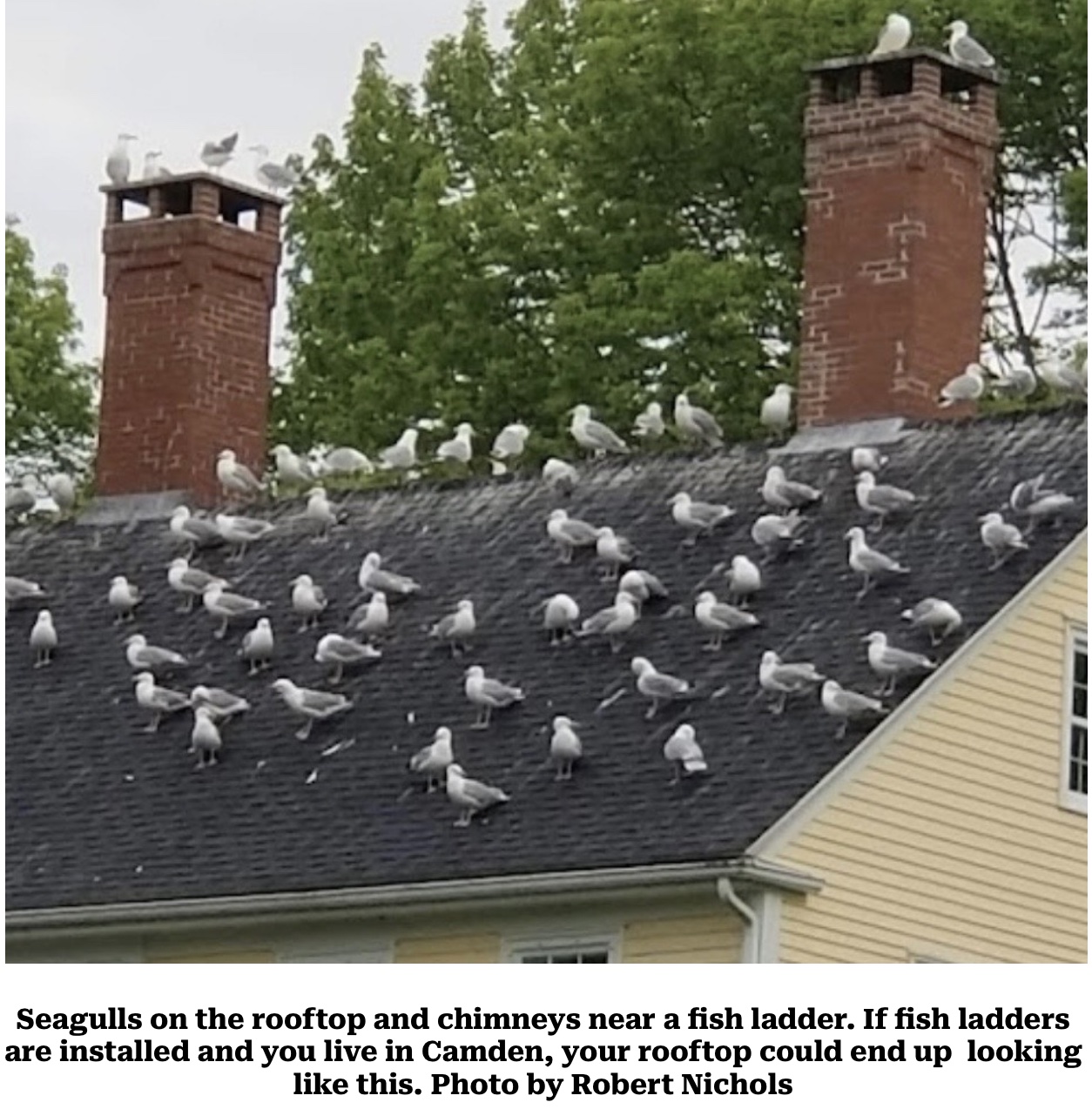
Seagulls on the rooftop and chimneys near a fish ladder. If fish ladders are installed and you live in Camden, your rooftop could end up looking like this.
Seagulls often forage in landfills, dumpsters, and urban areas where they come into contact with waste, including decaying food and animal carcasses. As a result, they can carry pathogens like Salmonella, Listeria, Campylobacter, and Escherichia coli (E. coli), which can be transmitted through their droppings. Seagulls can harbor parasites like lice, ticks, and mites, which may spread to humans or other animals. Seagulls are highly mobile, which allows them to spread diseases over wide areas.
Seagulls have been known to swipe slices of pizza from waterside restaurants, grab sandwiches from people picnicking in their yards, fill house gutters with dead rotting fish, destroy roofs with droppings and more.
Sewer rats have learned tricks when begging for food and are experts at burrowing tunnels in your yards and in your walls.
From Laurel Ames, Board Member, Damariscotta Mills Fish Restoration Ladder in Nobleboro, and former Camden resident:
“Whenever I try to talk to my husband, Ken Ames, about Camden fish ladders he laughs and says, ‘They [the fish ladder proponents in Camden] have no idea what they are getting into.' Plain and simple, the middle of town is NOT the place for this. This group, hell bent on making a fish passage, should concentrate their efforts somewhere else that makes more sense.”
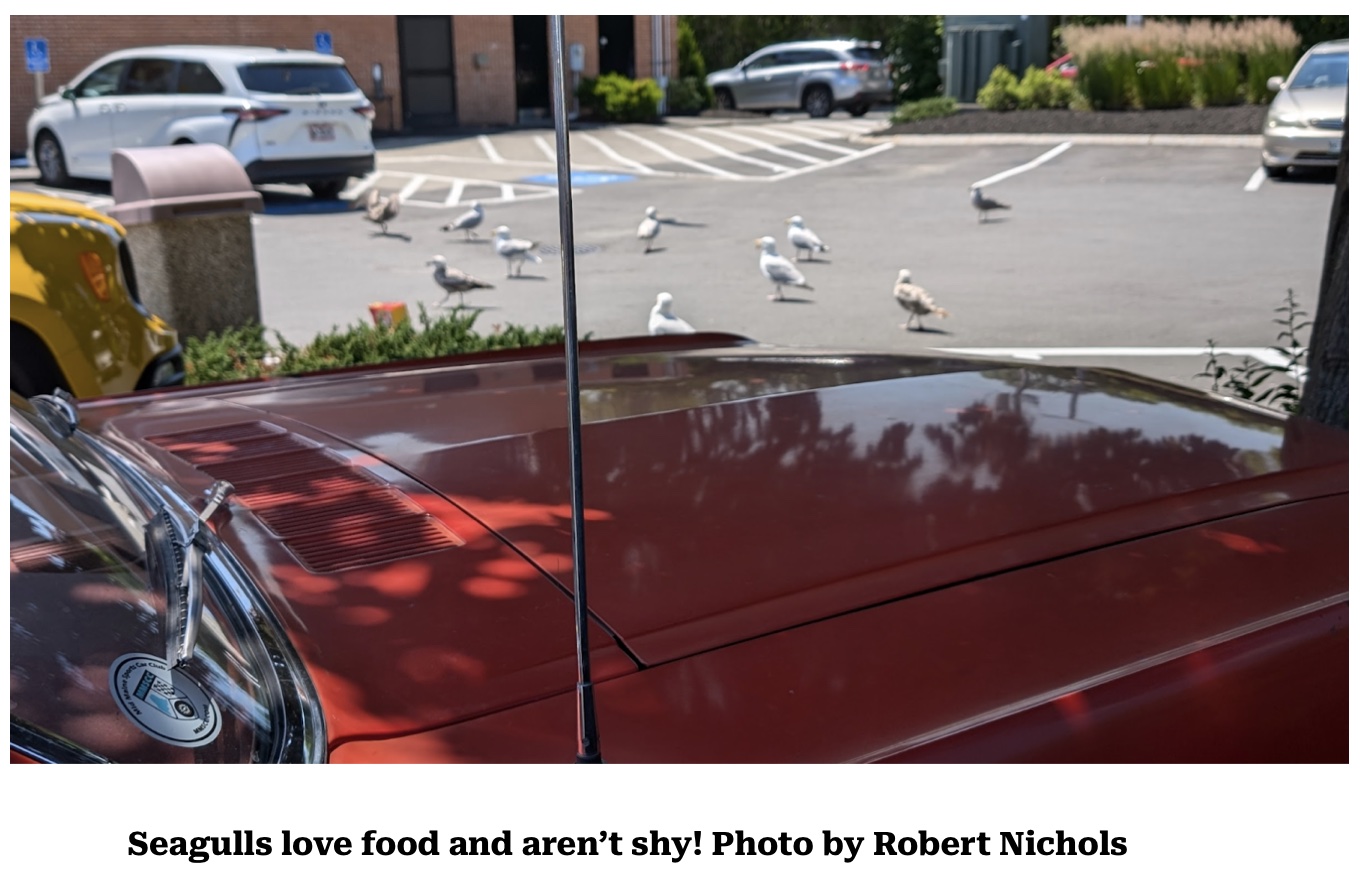
The Bottom Line...
Shouldn’t the Town of Camden be protecting its citizens against river-borne diseases instead of promulgating diseases and dangers?
Absolutely! The Town of Camden has a very explicit ordinance to protect its citizens while at the same time the Town is planning on violating the ordinances themselves.
Relevant portion of the ordinance text follows:
Camden’s Ordinance Chapter 15, Article III
“The intent of this article is to protect the health, safety, and welfare of the community and its wildlife by prohibiting the feeding of wild animals and waterfowl, including ducks, geese, and gulls, on public and private property in the Town of Camden.
"It has been established that feeding waterfowl and other wild animals increases the potential for damage to public parks and private property, may elevate the potential for the spread of disease in people, and contributes to water quality problems in Camden Harbor and Megunticook River. In addition, it is the intent of this article to protect the welfare of the waterfowl and wild animals themselves, as wildlife studies have shown that feeding waterfowl and other wild animals can interrupt their normal migration patterns, can make them more aggressive in demanding food, cause nutritional problems, expose them to danger by eliminating their natural fear of predators, and promote the spread of diseases and disease-carrying parasites such as ticks.”
Why didn’t the Town of Camden, their Citizens Advisory Committee, or their experts tell us about these health issues as they have been pushing this project?
- Does the Town of Camden not know that by violating their own ordinances and turning the Megunticook River into a 3.5 mile food tray, they’re standing a huge chance of making our Town uninhabitable?
- Perhaps the Town doesn’t care?
- Or maybe the Town didn’t want us to know?
- What other unexpected things will be coming out of Camden’s Town Hall as this project progresses?
Bob Nichols lives in Camden

